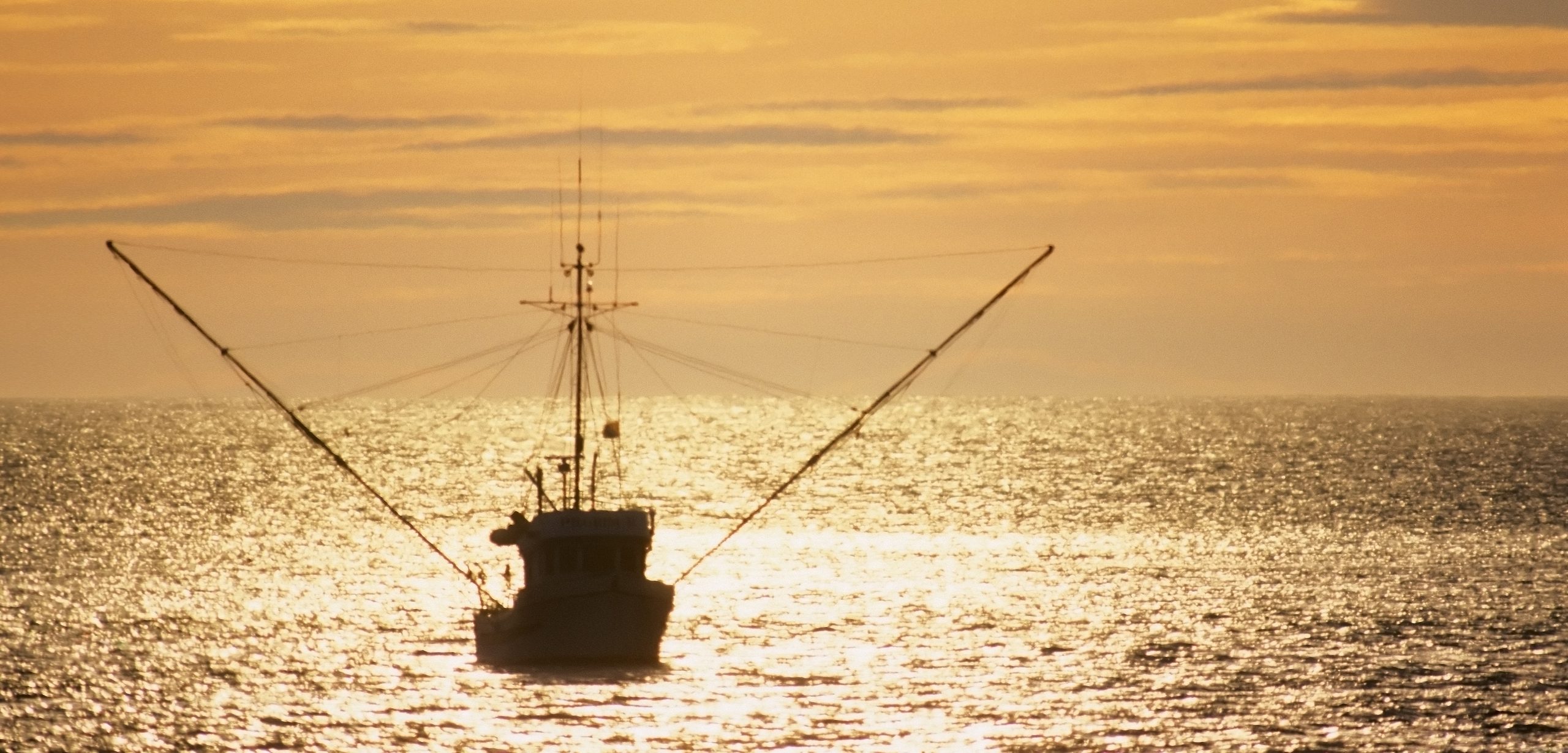A Fishy Plan
Canada’s new government says it’s going to expand the country’s marine protected areas. Scientists worry the government is cutting corners to hit its goal.
Article body copy
Canada has a long way to go in protecting its oceans. The United Nations Convention on Biological Diversity wants 10 percent of the world’s marine and coastal environments protected by 2020. So far, Canada has set aside just 1.3 percent.
With Canada’s change in federal government this past October, meeting the UN’s marine protection target has leapt to the top of the priority list for Hunter Tootoo, Canada’s new minister of fisheries and oceans. In his mandate letter for the new minister, Prime Minister Trudeau listed—as his very first line item—the goal of protecting five percent of Canada’s coastal waters by 2017, and the full ten percent by 2020.
That’s good news, says Rodolphe Devillers, a marine geographer at Memorial University in St. John’s, Newfoundland. But he says that, in their enthusiasm, the government seems to be looking to cut corners.
At a meeting in Montreal on November 29, Gina Sinclair, an official from Fisheries and Oceans Canada, told ocean scientists that the federal department is considering counting commercial fisheries closures as protected areas in a bid to meet the deadline on time.
But to Devillers, such a move would be disingenuous. Devillers says that he and some of his colleagues are afraid that the government’s plan “will divert us away from real mechanisms to protect biodiversity and species at risk.”
The approach that Sinclair described would not necessarily involve closing any additional fisheries. Rather, many commercial fisheries already have small off-limits areas to protect spawning grounds and other particularly sensitive regions, and it’s these existing protected areas that the government is considering counting toward their goal. But the issue is that these fisheries-focused protected areas tend to focus on one species, unlike the broader “no take” zones that are a big part of marine protected areas.
“I fear they are aiming for the low-hanging fruit to try and hit the target, and not putting the effort where it should be,” says Devillers. “The goal of a fisheries closure is to improve fisheries. This is not conservation.”
Devillers says he would prefer that the government take its time. “I would rather not meet the target, but do it right a few years later, than try to meet the target with areas that are not in the spirit of what the [UN goals] are intended to do,” he says. That approach, he says, would save conservationists from having to tell the politicians they protected the wrong things in ten years time. Though he admits that some other researchers would rather get the ball rolling as soon as possible.
But the real problem, says Sabine Jessen, the oceans program director of the Canadian Parks and Wilderness Society, is that the United Nations’ definition of what counts as a “protected area” is vague. In addition to true traditional marine protected areas, the UN’s definition allows for “other effective area-based conservation measures” to count toward the tally—and no one is quite sure what that means.
Yet Canada has been at the forefront of defining what counts as an effective area-based conservation measure, says Jessen. The deliberations of the Canadian Council on Ecological Areas, which includes representatives from Fisheries and Oceans Canada, have come up with five criteria that these “other” conservation measures should meet if they are to count: they should exist primarily as a way to conserve biodiversity; they must be permanent; they should demonstrate effective nature conservation outcomes; they need a management regime; and any other uses of the area should not compromise the conservation mission.
Based on those criteria, Jessen thinks it is unlikely that many fisheries closures, which are often focused on a single species, would qualify. “It’s a fairly high bar,” she says. “Very few existing closures would meet the test.”
So if the government were to count fisheries closures as an increase in protected area, it would be going against the very criteria it helped define.
In April 2019, Fisheries and Oceans Canada outlined new rules governing industrial activity in marine protected areas, and the situations in which marine refuges will be counted toward Canada’s conservation quotas. Read more about that in “Canada Has New Rules Governing its Marine Protected Areas. Do They Go Far Enough?”

